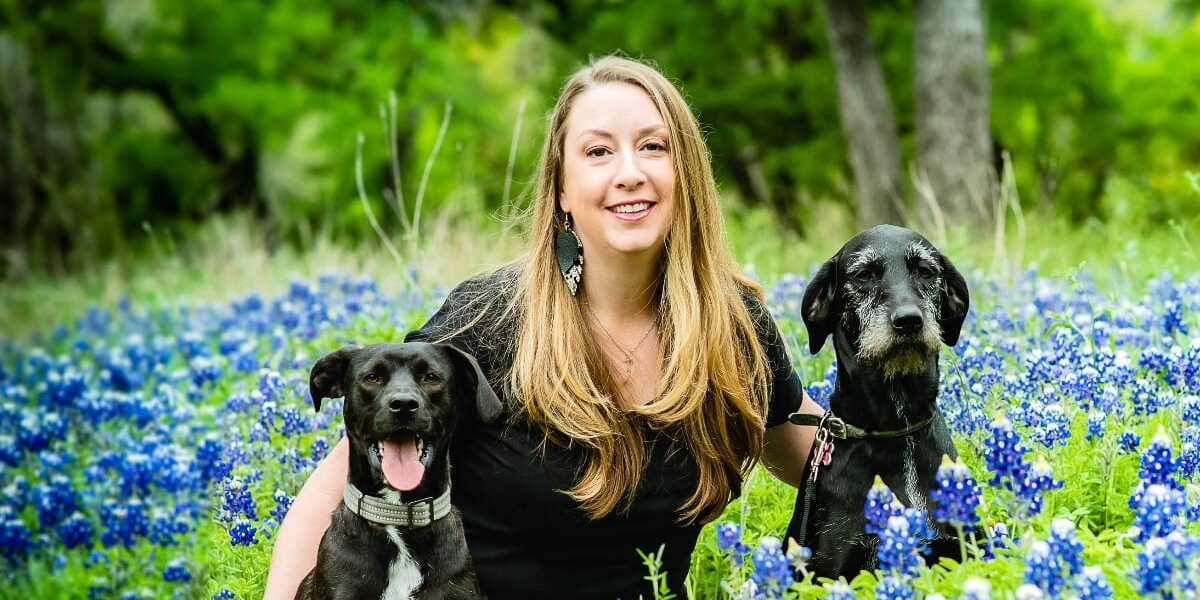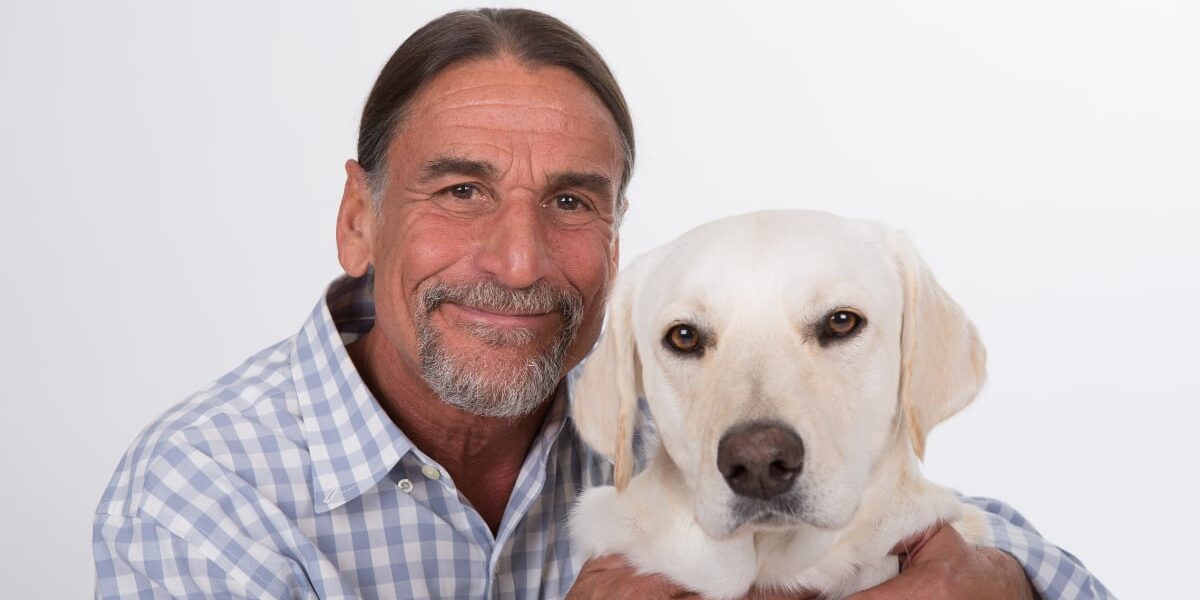Got REAL Milk?
When Organic Becomes a Sham
You’ve got many food choices in front of you every day, for you, your family, and the animals in your care.
The food industry has long noticed that you’ll spend more for something labeled “organic.”
And, living in the age we do, that term is regularly bent and abused in pursuit of the holy grail of big production everywhere, the “bottom line.”
So it is with organic milk, a term now abused and overused to suck you in.
You’d be wise to go beyond the label before you plunk down your hard-earned cash and head home with what appears to be a lovely product.
Remember: you’re voting for someone and their values every time you open your pocketbook.
Dairy Dilemna
Dairy farmers are still near and dear to my heart, some 30 years since working with them as a newly graduated vet in my home state of Wisconsin.
They are truly the hardest working farmers of them all. The cows don’t take vacations, and they need to be milked twice a day, every day to stay in good health and milk production.
The problem is trying to make a living at dairying.
When you’re selling a commodity that’s closely controlled by others (read: big dairy companies who process, bottle and sell your milk to the public), you often get paid the bare minimum for your labors.
The way out for a while looked like it was organic milk.
To become an organic dairy farm means doing things differently:
- No antibiotics or hormones to the cows
- Pesticide-free grain, if fed (most feed some)
- Minimum 120 days access to pasture per year
Big Producers and Questionable Standards
It’s come to light recently that a handful of huge dairies (think thousands of cows per farm) are making life difficult for the more typical organic dairy farmer with 50-100 cows.
…six organic dairy farms in Texas produced 481.4 million pounds of milk in 2016, about 23% more than all of Wisconsin’s 453 organic dairy farms combined.1
Six Texas farms. Producing more milk than all of Wisconsin’s organic dairy farms combined.
The net effect is the driving down of prices for milk, and that’s especially hard on the family farms who got organic dairying off the ground years ago.
Before I left my dairy vet work for my next life chapter (then, as yet unknown, but that’s a story for another day), I worked for a handful of large dairies among the many, many typical small ones that dotted the landscape in Dodge County.
One in particular is etched in my mind.
The two brothers who ran the big farm were all business, and never pleasant to work for.
They decided they’d had enough with getting the occasional cow tail in the face when they milked the herd twice a day, so they made it a policy to cut off the tails of their cows.
These couple hundred cows were left with ugly stumps about a foot long.
And, they were always filthy, as they spent most of their days standing about in their own manure in semi-dark, smelly metal barns.
I swallowed hard when ever I got this farm on my day’s call list, gritted my teeth, and did the best I could, leaving as quickly as possible after discharging my duties.
It was grizzly.
The trend of “bigger, better, more efficient” continues today.
Even as family farms are facing the real possibility of closing their doors, Aurora Dairy, the nation’s largest factory farm organic dairy, and supplier to many of the nation’s biggest retail chains for their private label milk, is opening a new mega-plant in Missouri and expanding an additional factory farm in Colorado.2
The Contrasting Reality: Salt of the Earth
The norm in that early vet practice was small farmers who knew every cow by name, as well as her mother, grandmother, and likely several generations before that.
It was family.
Mom and Dad and every kid in the family helped with the cows and the milking, feeding, cleaning stalls, cleaning equipment, making hay, sileage, etc.
Often, Grandpa was out there as well, if he wasn’t off at his own small farm, tending heifers who’d become the next generation of milking cows.
The cows were clean, the barn was emptied for hours a day and whitened up with lime dust while the cows spent time out at pasture.
These farms were a joy to work in.
The farmers were always friendly, in good spirits even if times were tough, dedicated to their families and the herds that supported them, and they’d give you the shirt off their back if you needed help.
These same sorts of farms are typical of most organic dairy farms born over the past two decades, many of whom are now struggling to make a living.
What’s a Health-Conscious Consumer to Do?
Well first, know that you have a choice.
All that’s labeled “organic” likely is not adhering to the standards in raising the animals who bring us milk.
Here’s an example, from a fly-over, likely outlawed now, as is flying over all CAFOs (concentrated animal feeding operations).
This is from a Horizon dairy in Maryland, a huge player with a cheery organic-labeled carton:

Those big bodies of water are manure lagoons. They’ve got so much to deal with, they can’t just spread it on their cropland like normal farmers do. These lagoons send a foul smell for miles in every direction.
There’s a lot of green around this farm, right? Good pasture land?
Nope. Cropland. Cows not allowed.
You can see some on dirt lots in the foreground. No gamboling happening there, you can bet.
Now, here’s a regularly updated list of dairy products, a “scorecard” to help you decide who’s doing it right and who’s best not voted for with your next purchases.
If you want to go a step further, start buying “real milk!”
What’s REAL milk, exactly?
A few quick definitions are in order.
The best milk you can get and feed your animals, your family and your own body is:
- raw, unpasteurized
- unhomogenized
- from cows who live a normal grazing life (i.e. mostly or only grass fed)
This is all I drink, and here’s a tiny slice of the benefits to tickle your interest in pursuing this further:
There are many health benefits to consuming raw milk. Early studies showed that children consuming raw milk had greater resistance to disease, better growth and stronger teeth than children consuming pasteurized milk. Animal studies indicate that raw milk confers better bone structure, better organ development, better nutrient assimilation, better fertility and even better behavior than pasteurized milk.3
Wait. Better behavior?
Yes, remember the microbiome I wrote about earlier?
It turns out that a healthy gut translates into healthy minds. And raw milk supports a healthy gut.
The Weston A Price Foundation keeps a regularly updated list of local U.S. producers of this “white gold,” available here.
I’ll leave you with a company recommendation who’s using raw goat milk (which you’ll also find sources for at the link above): Answers Pet Food.
They are clearly on the forefront in making raw food diets for your family’s carnivores, and are one of the few pet food companies I know who is using fermentation to preserve their diets.
No HPP? No way, they want their raw food to stay high value.
Tell us in the comments if you’re using Real Milk at home and what your animals and you think about it.
- Organic dairies squeezed by Texas mega-farms, Wisconsin’s small organic dairies squeezed by Texas mega-farms, https://www.usatoday.com/story/money/business/2018/03/24/wisconsins-small-organic-dairies-squeezed-texas-mega-farms/455330002/
- Six “Organic” Dairies in Texas Outproduce 453 Organic Dairies in Wisconsin – Cornucopia Institute, Six “Organic” Dairies in Texas Outproduce 453 Organic Dairies in Wisconsin, https://www.cornucopia.org/2018/03/six-organic-dairies-in-texas-out-produce-453-organic-dairies-in-wisconsin/?utm_source=eNews&utm_medium=email&utm_content=3.31.18&utm_campaign=TXDairyMORE
- THE FACTS ABOUT REAL RAW MILK – A Campaign for Real MilkA Campaign for Real Milk | A Project of the Weston A. Price Foundation, Real Milk, https://www.realmilk.com/, Webmaster Realmilk.com




The only ones who should be drinking cow’s milk are baby cows. In order for cows to produce milk they must be pregnant. After giving birth their newborns are taken away. Males live a short life of hell in veal crates. Females are kept to become milk cows. The mother cows and their newborns go through days and days of much stress and anguish with lots of bellowing and crying out for each other due to being separated. Can you imagine if someone took away your newborn baby? This is a cruel and inhumane practice. Plant milks are available and taste just as good or better than cow milk. Not to mention the increased risks for cancer, heart disease and Alzheimer”s disease from dairy products. Just say no.
Makes me think you never read the article, Chris. Sigh.
I get raw milk when I can and always prefer cheese made with raw milk. I would like to have my own place with goats and free-range chickens!
I am in Maryland and cannot easily get raw milk for myself. I do use Answers raw goat and the cow kiefer for my animals. They love it.
My raw fed Cocker has enjoyed raw goat milk (I make kefir with it) for the last 4 months. She just loves it! Yesterday I finally got the nerve up to buy some Organic Pastures whole raw milk for ME! Oh wow! It’s delicious. I don’t know why I was so scared to try real milk!
Thank God it’s legal in California to buy raw milk. So much of the organic pasteurized milk here is ultra pasteurized. ???? I have a family member I make kefir for who insists on pasteurized milk. Do you have any idea if Sprouts organic milk is from an ok source or if it’s from one of those huge dairies you mentioned.
Once I stopped nursing my Twin Boys, my husband insisted on Raw Milk as the only option for continuum. I am soooo greatful for his persistence. We love the creamy, richness, and sweet taste and then, there is the endless list of benefits that make raw milk so incredibly dangerous to Wall Street and its brainwashed public.
My Chiropractor cautioned me about dairy products increasing the mucus production, hence making my son’s allergies worse, but gut health is in my eyes more important and I believe his immune system has gotten better because of the raw milk. Often times, milk is the only food he consumes in the course of his day. And I can live with that.
We joined one of many co-ops in Austin. Our milk comes from Bob Stryk’s Dairy in Schulenburg, TX.
We went to visit the farm and the people, the Jerseys, the hens, and all other critters there are happy, super friendly and welcoming. It really is in the milk!
We had a lovely family cow for a year and a half. Raw milk is technically not completely illegal in NYStupid, but many folks get into trouble over it.
Sadly Thistle tested positive for Johnnes. I miss her and her milk.
Unfortunately raw milk is illegal in Canada. We have one farmer in Ontario who keeps coming up with creative ideas to get around the rules (like having people buy shares in the cows so the milk wasn’t actually being sold to them) but he keeps getting shut down and fined.
Oh, bummer! Creativity like that is how many here got their early sales to the public. I hope that something gives with the government seeing this so wrongly in your province.
Raw milk is the only way to go! For years when I couldn’t get it when I lived in California, I stopped drinking milk. I now live northeast of Dallas in St. Paul, Texas. About 8 miles away in Plano is a dairy farm, Lucky Layla. I buy my raw, unpasteurized, un-homogenized milk from them. It comes from both Guersey and Jersey cows and is very creamy, rich and tastes so good. They also have a creamery so they produce and sell Gee and raw liquid yogurt (eggs too but I buy them from a chicken farm). I travel the dirt road to get to their little store and behind me, I can see their cows grazing in the sunshine. Everything is clean and I know that I am getting a good product.
When I feed raw milk to my mini Dachshund, she tends to get diarrhea so I go easy with it. But I do feed her Answers raw goat’s milk. I mix the goat’s milk with a little coconut flour and chia seeds then free freeze them into bite-sized pops which she loves.
I am thankful to these farmers who work so hard to bring us raw milk!
I switched to Answers Pet Food last fall after the company promptly answered my question—and included photos!—about the Global Animal Partnership (GAP) step/rating of their source meat. I recently spoke with them again, this time to ask about high-pressure processing (HPP), which they confirmed is not a practice they condone or use.
As anticipated, Answers is more expensive than the Primal Raw I had originally bought when I transitioned my cats from kibble, however, I value the welfare of all animals (my own as well as the ones whose lives nourish others) and I’m grateful that I can prioritize my budget to honor this commitment. I also appreciate the transparency and integrity conveyed by Answers, and that my locally-owned pet food store is able to order it from their distributor. More demand for humanely sourced, species appropriate nutrition would likely yield more options and less suffering for Life in all its forms!
I had a daughter who did not tolerate formula at all. The doctors thought the answer was to put her on soy formula. I then met a chiropractor who said try raw milk and what a difference. Doctors are not god but most people believe they are. I just keep trying to tell people that doctors are people and don’t know everything.
Now that my daughter is almost 10, we moved to a state that you cannot get raw milk in so we just drink water.
I do not consume cows milk myself but I love Answers! I sell it in my store and feed it to my pets. Thank you for this eye opening article. I dream that Humane farming will become the norm in my lifetime.
A lovely dream, Becci, I’ll join you in that one!
I just moved to Kerrville from Houston after losing my home to the water release from the reservoirs. I’m so disappointed. Only supermarket HEB. I used to buy Mill King milk and pasture raised poultry at Whole Foods. Whole Foods is not the best but I wish it was here. HEB is overcrowded, carts are bumper to bumper on narrow aisles . Sick people cough next to you, no chance to escape them. Can a single family name control what we must east? How can that monopoly be broken? I intend to start my container organic veggie growing. I was talking to the people at the chinese restaurant (China Town) and they told me they go to Austin to buy supplies. I am 76 yrs young, 108 lbs, no medications, plenty energy, make Kefir and bone broth. Can anybody help with ideas and/or action. I cannot afford to move. I’m sure their “organic milk” must come from Horizon.
Cecilia, check the link that shows who’s where, state by state. You can’t be too far from a raw milk source, looking at Texas on that link.
Yes! Have been using raw milk for many years. I get it from an Amish farmer in PA, where it’s actually legal to sell raw milk. My kids, now grown and gone, all drank it. I used to buy 8-10 gallons every 2 weeks. I found that raw milk actually stayed fresh for 2 full weeks.
We don’t drink nearly so much any longer, and I never drink milk myself, never have. But I will still buy some for my kids who are no longer living at home, they love it. Sadly, I can’t get my son to give the raw milk to his daughters-brainwashed by the pediatrician that it isn’t safe for young children.
I haven’t fed it regularly to my dogs and cats, but they all eat a raw diet, so are getting good nutrition from their diet. And, the cats aren’t much impressed by the milk-but you know, cats…
I also get pasture raised eggs, raw, grass-fed butter, yogurt. All outstanding quality foods.
The farm is about 40 miles from my home, but I believe it is worth the trip-after all, an hour’s drive through the pretty countryside-in all seasons-is more than a fair trade-off for fresh, humanely raised foods.
Yes! I get “real” milk, fresh milk, untouched and unprocessed in any way, from pastured Jersey cows, ( as do my three dogs,four indoor cats and numerous feral cats). They are milked by super dedicated, loving, and knowledgeable people named the Robinsons. They bottle their own milk as well right there in the little dairy barn. They are also licensed and inspected by the State of Missouri and the only one in the state that is. In this area, Missouri really shines and I am extremely fortunate to be only 26 miles one way from the dairy farm. And milking is something they have chosen to do in addition to full time jobs,(most in the health field). They all know the value of truly raw, healthy milk from healthy cows. Now if I could just get them to make butter and cottage cheese so I don’t have to!